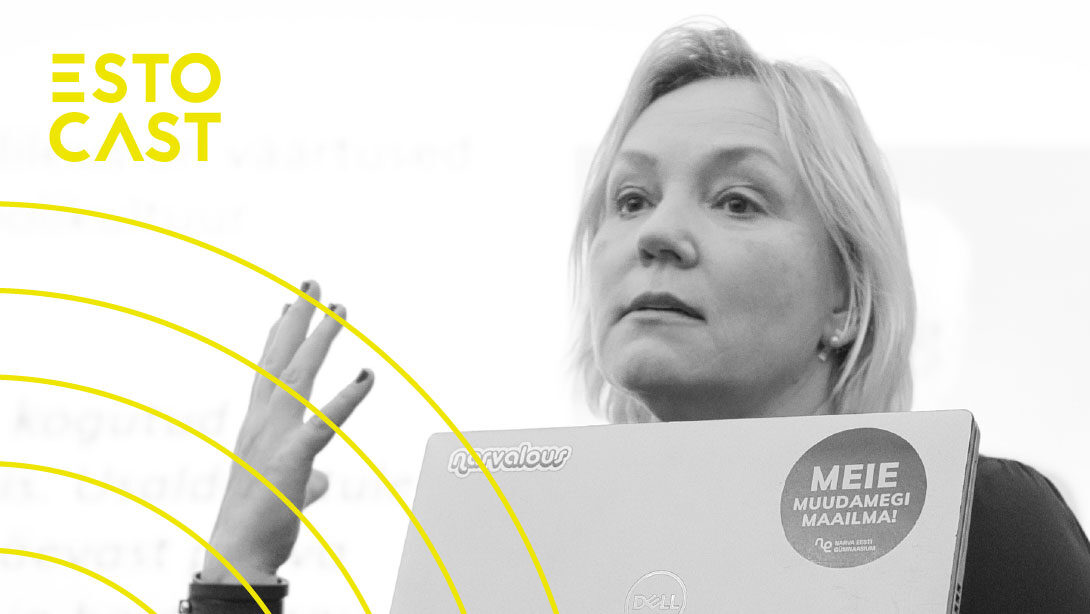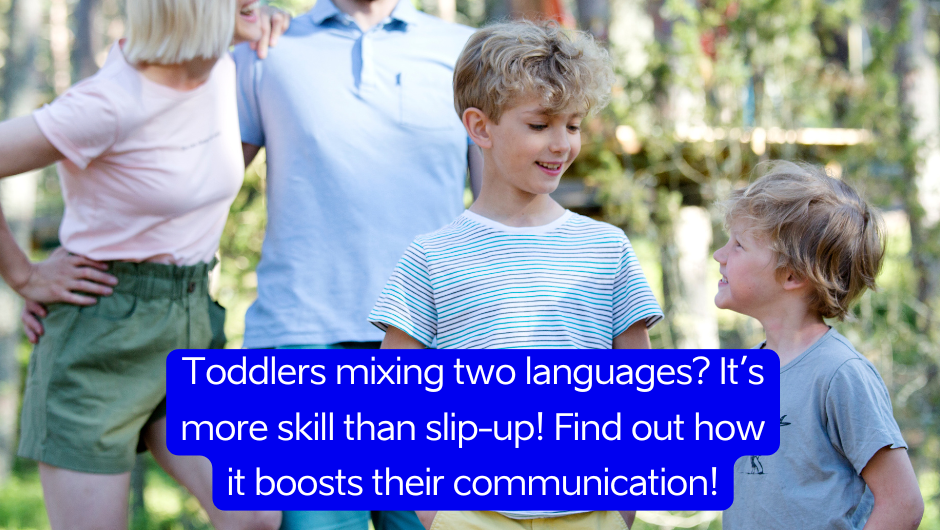It starts with one. It bites the back of your neck without so much as a “palun” (“please”) or a “kas ma võin teiega õhtusöögile tulla?” (“may I join you for dinner?”).
No, these beings are sly. They land quietly on your skin and poke through with their proboscis without you even noticing. Then their pals stop by, based on the recommendation of the last visitor. News spreads fast about good blood.
Then another person around the fire gets a bite. “Ughh, sääsed!” they grumble. Someone will likely talk about how these insects go most of all for the host with the sweetest-tasting blood. Or the youngest, depending on what fable you've heard. Pretty soon, everyone is getting bitten, except for your dapper friend wearing the impenetrable denim of a Canadian tuxedo, along with that enigmatic individual who never seems to get bitten at all.
Note that I called them sääsed. Once you get acquainted with that Estonian word, saying “mosquitoes” will somehow never compare. “Mosquitoes” are bumbling and not so culpable for their actions. But sääsed (or a solitary sääsk), are devious, conniving, tempestuous. Yes, they are the same thing, technically. Yet, the Estonian word conveys something more bitter.
We may question why on Earth these insects exist. What justifiable purpose do they serve? The truth is, sääsed are food for dragonflies, frogs, fish, birds, bats, and more. In addition, they are, like tens of thousands of other insects, pollinators, assisting in the reproductive systems of plant life.
…different variations of mosquitoes will have preferred hosts, but are capable of deviating if necessary. Humans are just one possible host among other mammals, as well as birds, amphibians, and reptiles.
The reason they consume human blood is to help with their own reproduction. To be clear, female mosquitoes are the only ones who consume blood, in addition to nectar. Males consume nectar primarily. Every meal of blood is a source of iron and protein to enable the growth of eggs. The amount consumed varies from species to species, between 1 and 10 microlitres. Furthermore, different variations of mosquitoes will have preferred hosts, but are capable of deviating if necessary. Humans are just one possible host among other mammals, as well as birds, amphibians, and reptiles.
Knowing their purpose, are we wrong to swat at them with brute force during the depths of summer? There certainly are an overwhelming number of them. And they wreak havoc on people's health, especially in subtropical or tropical regions of the world. The Anopheles genus, whose bites don't swell up and are inaudible when they fly, can carry malaria. The Aedes aegypti and Aedes albopictus specieses can carry dengue fever. West Nile virus is transmitted by the Culex genus.
In the vicinity of Jõekääru Estonian Children's camp, overzealous mosquitoes have even warranted an ongoing Mosquito Control Program in recent years. Across the Pefferlaw River floodplain, the Town of Georgina has used an insecticide called Bacillus thuringiensis israelensis (Bti) to deal with the sääsed. The town has explained that Bti specifically targets the larvae of “dipteran insects such as mosquitoes and black flies” and nothing else.
On the other hand, there are types that don't pose a threat. In April 2015, Estonian scientists discovered a new species of mosquito named Neuratelia salmelai. Olavi Kurina, an entomologist from the Estonian University of Life Sciences, says that the species is “not harmful to people, it's larvae eat fungus.”
In 2010, a mosquito catching competition was organized by Triinu Akkermann in Tartu. The competition's objective was to catch as many mosquitoes, alive or dead, in a plot of grassy land, over 10 minutes and place them in a container. Individuals or teams of up to three were permitted to compete. The winner, Rauno Luksepp, caught 38 mosquitoes and won a trip to Lake Peipus. This was the first competition of its kind in Estonia, but similar events have taken place in Finland back in the 90s. In 2016, Kristoffer Ekersund won the equivalent of almost $1,500 CAD in a world championship held in Övertorneå, Sweden. In 15 minutes, he nabbed 135 mosquitoes. A few hundred sääsed doesn't make much of a difference, but the fact that this is an international trend shows that mosquitoes have a lot of diplomatic work to do with Nordic countries.
If you're not into competitive sports, you can still make your outdoor experience at dusk or dawn much more pleasant by applying these verified techniques. Forget anything you've ever heard about “sweet” blood attracting sääsed. This is a myth. However, wearing sweet-scented perfumes or using similarly fragrant hair and skin products can attract them. If you've been doing strenuous exercise, cool off a bit before heading outside: sääsed are drawn to the warmth emitted from bodies.
Sääsed stay away from light coloured clothing like beige and white. This could be an extension of their sensitivity to lightness and darkness, such that they avoid intense sunlight during the day. Hues like bright orange, red, or pink will lure them in, as will dark clothing. Mosquitoes lay eggs around standing water, so avoid bogs and ponds. Of course, insect repellent is also effective.
However, if you're going for the big prize in a säsk catching contest, then go ahead and ignore all of those tips.
This article was written by Vincent Teetsov as part of the Local Journalism Initiative.




